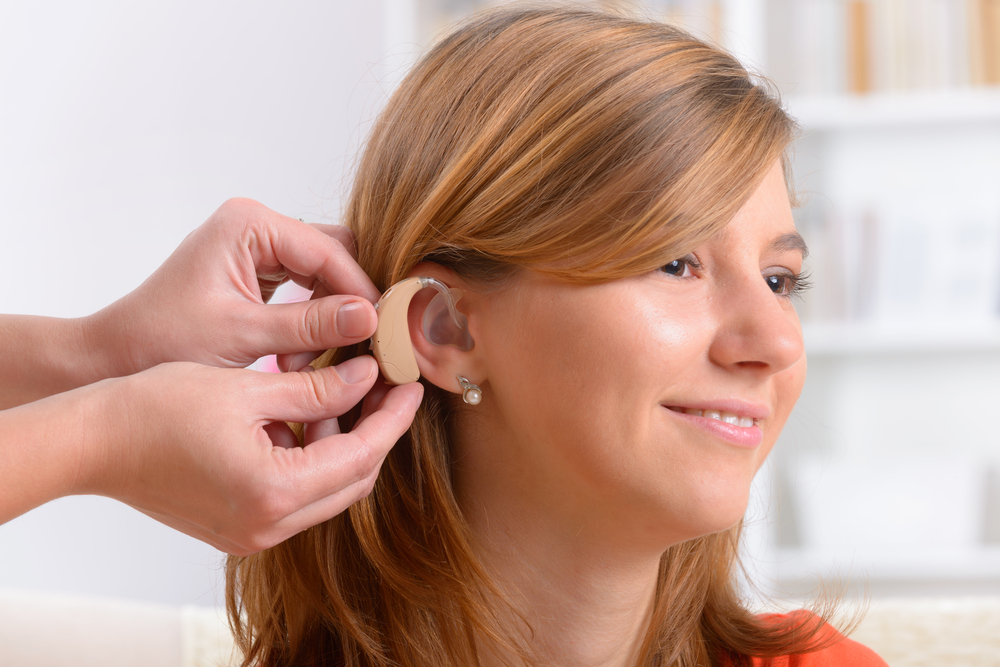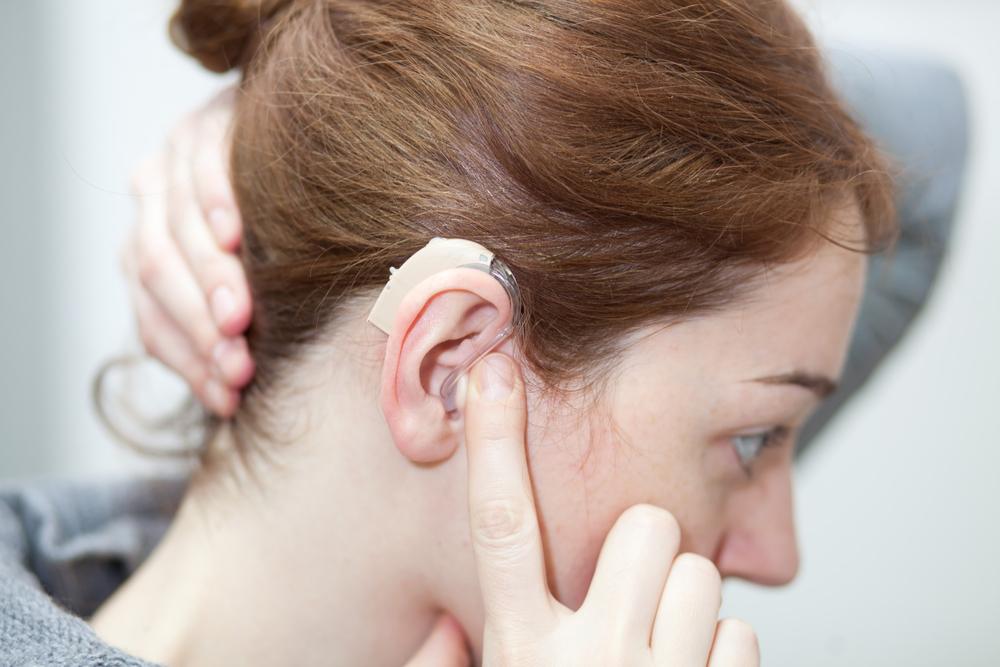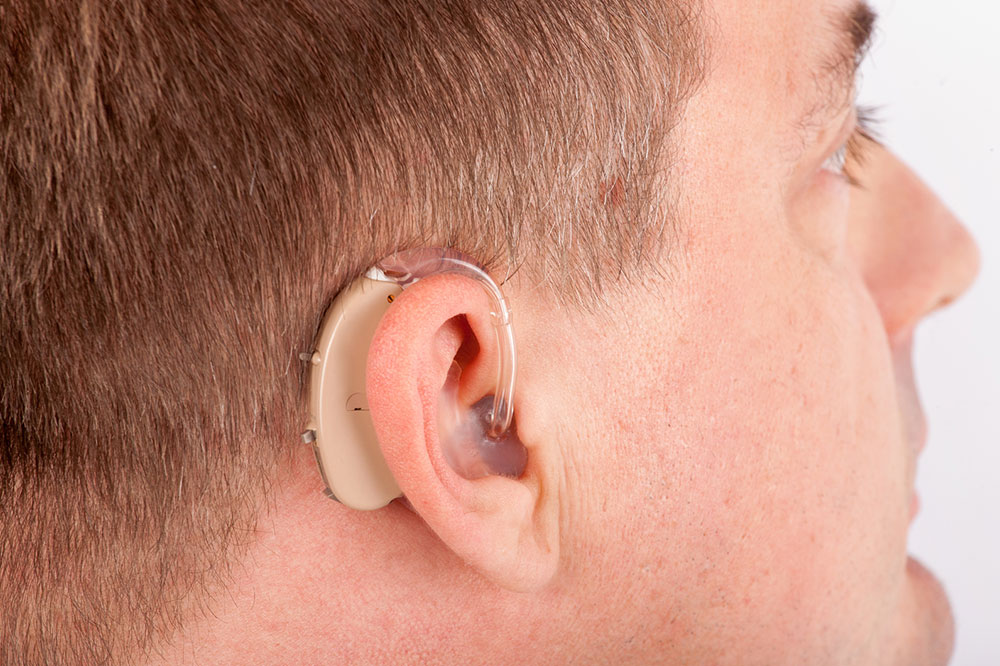Comprehensive Guide to Choosing the Ideal Hearing Aid for Better Hearing Health
Discover comprehensive tips for choosing the perfect hearing aid tailored to your needs. This guide covers types of devices, essential features, user reviews, and cost considerations to help you make an informed decision. Improved hearing can enhance your quality of life, communication, and overall health. Learn how to select a hearing aid that fits your lifestyle and budget with expert advice and practical tips, ensuring better hearing support for years to come.

Essential Factors to Consider When Selecting a Hearing Aid
Hearing loss is a common condition affecting millions across the globe, with approximately 48 million individuals in the United States alone experiencing varying degrees of hearing impairment. A significant portion of this population comprises seniors, for whom hearing difficulties can have profound impacts on daily life. Research consistently shows that untreated hearing loss correlates with other serious health issues such as memory decline, concentration problems, depression, and even dementia. These interconnected health challenges underscore the importance of addressing hearing loss promptly and effectively. Fortunately, technological advancements have revolutionized hearing aids, providing more accessible, discreet, and efficient solutions than ever before. These modern devices are designed to be small, lightweight, and user-friendly, enabling users to regain clarity in hearing and improve their overall quality of life. However, given the wide variety of options available on the market, selecting the most suitable hearing aid can be a daunting task for consumers. This detailed guide aims to walk you through key considerations to help you make an informed decision tailored to your hearing needs and lifestyle.
When choosing a hearing aid, several critical factors come into play. Understanding these aspects can simplify your selection process and ensure you get a device that provides optimal comfort, functionality, and value. Below, we explore in detail the main elements to consider, from the type of hearing aid to technological features, user reviews, and financial aspects.
Type of Hearing Aid
The first step in selecting an appropriate hearing aid is determining the type that best suits your level of hearing loss. Hearing loss varies in severity—ranging from mild to profound—and each type of hearing aid is designed to address specific degrees of impairment. An audiologist, a trained hearing specialist, can evaluate your hearing condition and recommend the most appropriate device. For mild hearing loss, in-the-canal (ITC) or completely-in-the-canal (CIC) models are often suitable because they are small and discreet, fitting deep within the ear canal to provide natural sound perception. Moderate hearing loss typically responds well to in-the-ear (ITE) devices, which sit comfortably in the outer ear and are easier to handle for users. Severe and profound hearing loss may require behind-the-ear (BTE) models or receiver-in-canal (RIC) designs that provide higher amplification levels and durability. When selecting a hearing aid, ensure that the model you choose is equipped with essential features, boasts good customer ratings, and aligns with your specific hearing needs. Consulting an audiologist is essential to determine the most effective type for your individual condition.
Advanced Key Features
The functionality and usability of hearing aids are significantly enhanced by technological features. High-quality devices come equipped with features designed to improve hearing clarity, reduce discomfort, and adapt to various listening environments. Some of the most important features include:
Telecoil (T-coil) - This feature allows the hearing aid to connect wirelessly with telephones, loop systems in public venues, and assistive listening devices, greatly improving speech understanding in challenging situations like conversations or crowded places.
Directional Microphones - These microphones focus on sound coming from in front of the user, helping to enhance speech clarity and reduce background noise. This is particularly useful in noisy settings such as restaurants or social gatherings.
Feedback Suppression - Feedback or whistling sounds can occur if the device becomes loose or is in close proximity to a phone or other electronic device. Modern hearing aids come with effective feedback suppression technology to eliminate this annoyance.
Digital Noise Reduction - Ambient noise can hinder understanding, especially in noisy environments. Digital noise reduction algorithms analyze incoming sounds and minimize background noise, making speech more intelligible and listening more comfortable.
Modern hearing aids often incorporate additional features, including wax guards to prevent debris from damaging the device, wireless connectivity for seamless streaming of music and calls, battery life indicators, and automatic or manual volume controls. Some premium models utilize Bluetooth technology, allowing users to stream high-quality audio directly from smartphones, tablets, or computers, providing a more integrated and convenient experience.User Ratings and Reviews
With countless brands and models available, customer feedback and product reviews play a vital role in the decision-making process. Reading user experiences can reveal insights into performance, comfort, durability, battery life, and overall satisfaction. Generally, established manufacturers like Phonak, ReSound, Starkey, Widex, Signia, and Oticon have a strong reputation based on positive user reviews. These brands often lead in innovation, reliability, and customer service. When evaluating products, pay attention to ratings on trusted platforms and consider feedback from users with similar hearing conditions. This approach can help you identify the most reliable and effective devices that match your expectations and needs.
Pricing and Financial Options
The cost of hearing aids varies widely depending on the technology, features, brand, and provider. Typically, prices range from around $3,000 to over $8,000 per device. Advanced features and premium models tend to be more expensive. It’s important to understand what is included in the price—such as fitting, follow-up adjustments, warranties, and service plans. While Medicare generally covers diagnostic hearing tests, it usually does not include the cost of hearing aids themselves. However, there are options to reduce financial burdens: veteran’s benefits, nonprofit assistance programs, health savings accounts (HSAs), and flexible spending accounts (FSAs). Some manufacturers and clinics also offer payment plans or financing options, making it more manageable to obtain the right device without significant upfront costs. Additionally, investing in a high-quality hearing aid can be cost-effective in the long run, as it may last five to seven years with proper care, reducing the need for frequent replacements.
In conclusion, selecting the right hearing aid involves careful consideration of your hearing loss severity, technological needs, budget, and personal preferences. Collaborating with a qualified audiologist can further streamline this process, ensuring you acquire a device that enhances your hearing, communication, and overall wellbeing. Remember, addressing hearing loss early and investing in quality technology can significantly improve your quality of life and help maintain your social, mental, and physical health for years to come.





